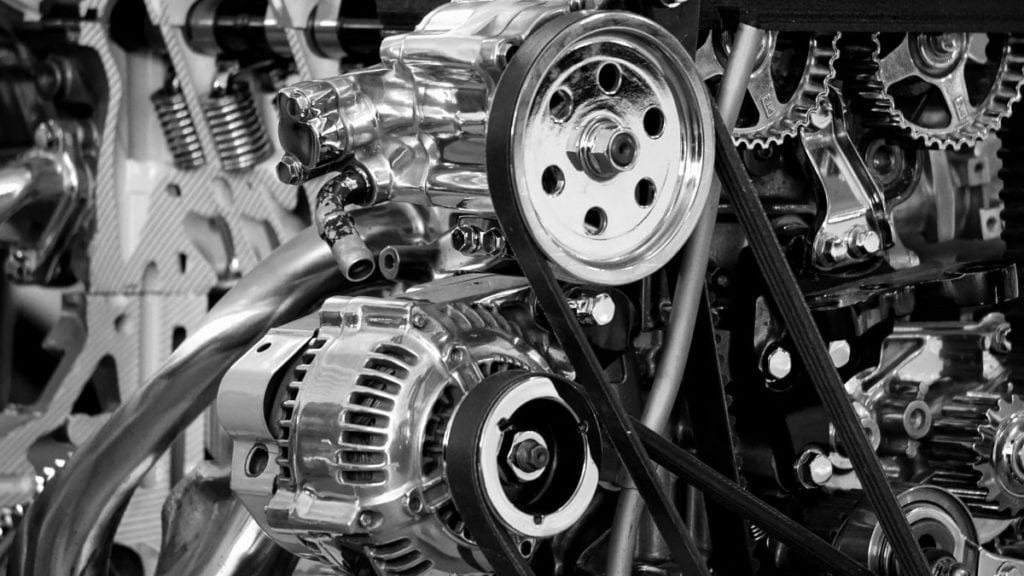What makes the timing belt so critical to maximizing engine performance?
Does your auto repair concerns involve the timing belt? How does a timing belt work? To understand the process let’s look at the methods inside the engine that are affected by the timing belt. Inside your car’s engine is a combustion chamber that compresses air and gasoline. Air and gas are let into the piston chamber by the something called valves. Each piston in your car has associated valves that open and close in rhythm. The timing belt is what helps drive this rhythm. A spark ignites the gases when both valves close, and air and gas have been compressed sufficiently, causing a mini explosion. Then, a valve opens to allow the gases or exhaust to escape in preparation for the next cycle. The engine valves and timing belt will repeat this process as long as your car is on.
Timing belts are especially important in making sure the sequence of valves and other moving parts of your engine are in sync and occur at specified intervals of time. Should your timing belt be off, your vehicle’s engine will not run efficiently, perhaps not even at all. This could lead to an expensive auto repair. Refer to your vehicle owner’s manual to get an idea of how often your friendly technicians at Wayne’s Automotive Center should inspect your timing belt. When timing belts break – it’s not pretty, in most cases, vehicles who suffer timing belt breaks also suffer expensive engine damage.
Talk to the friendly professionals over at Wayne’s Automotive Center and see when to schedule a timing belt replacement.


